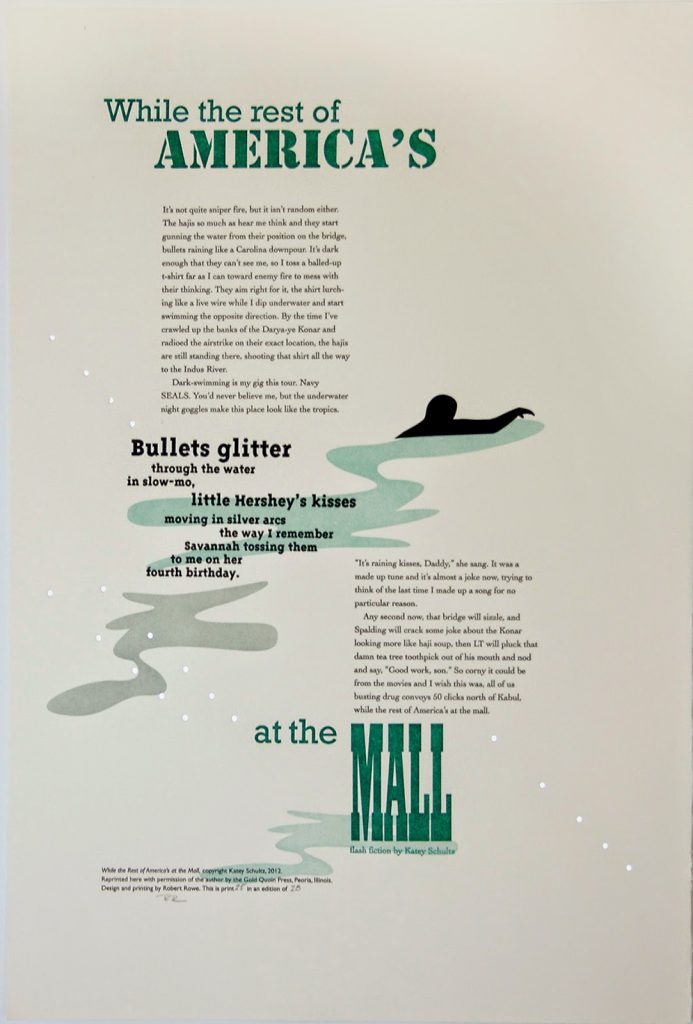The Secret of Superstructures
After two years on the road and several drafts of Flashes of War, not to mention many isolate months in residencies, it’s safe to say that around 2011, my obsession with the flash fiction form started paying off. I felt supercharged by any examples, eager to write as many pieces as I could, and convinced I’d unlocked a few “secrets” of the genre that–whether “secret” or otherwise–have indeed served me well over the years. What I didn’t know at the time was that other writers had a name for this secret I was plumbing the depths of and that name was superstructure.
 In short, I’d amassed a pile of flash fiction by respectable authors and drafts by my own hand that all followed the same shape–what I now called the “present moment / flashback / present moment” superstructure. No matter the content, no matter the setting, no matter the point of view…if a writer could successfully set up a compelling present moment with a nuanced character, a unique yet relatable yearning or obstacle, and an organic trigger for a flashback, that writer would be more than halfway to a decent, if not compelling, flash fiction. Once the hook was set, the writer then had to efficiently zero in on the most provocative and character-revealing moment or image within that flashback, then lickety-split zoom on outta there and back into the present moment. The result is stories something like this (and artwork like this).
In short, I’d amassed a pile of flash fiction by respectable authors and drafts by my own hand that all followed the same shape–what I now called the “present moment / flashback / present moment” superstructure. No matter the content, no matter the setting, no matter the point of view…if a writer could successfully set up a compelling present moment with a nuanced character, a unique yet relatable yearning or obstacle, and an organic trigger for a flashback, that writer would be more than halfway to a decent, if not compelling, flash fiction. Once the hook was set, the writer then had to efficiently zero in on the most provocative and character-revealing moment or image within that flashback, then lickety-split zoom on outta there and back into the present moment. The result is stories something like this (and artwork like this).
When I teach, I’m aware that I have everyone from MFA graduates to first-time writing course participants in my classroom. I find that mix inspiring, if not also challenging (in a healthy way). Teaching superstructures enables everyone to hit the ground running. The more experienced writers will likely find they can apply more focus to the line-level details of their story even in early drafts. Beginning writers will feel relieved because the structure of the story has been decided for them–freeing them up to focus on the newly learned craft skills pertinent to flash (or whatever genre we’re working in at the time). In short, superstructures can help a hyped up teacher keep things in check, assist experienced writers in efficient early drafts, and encourage beginning writers to actually complete a full piece of writing.
My task this month is to name a handful of other superstructures that I find teachable in a weekend flash course. It’s something I’ve intended to articulate for quite some time, and now I have the perfect excuse to do so.


Nice post!